
The bearded vulture Gypaetus barbatus is a bird of prey, member of the group of vultures, included in the national catalog of threatened species as endangered. Present until the middle of last century in all Spanish mountain ranges, has been drastically reduced their populations, remaining at present a single population in the Pyrenees, where is the largest wild population of this bird in Europe and the only one of Spain The short and mid term survival of the Bearded Vulture (Gypaetus barbatus) in Spain is conditioned by three factors: firstly, its low population, which does not reach 600 specimens; secondly, its highly restricted geographical distribution, limited in its entirety to the Pyrenees; and thirdly, its difficulty in successfully colonising new territory. These factors convert the Pyrenean population, the last and extremelyimportant genetic reservoir of the bearded vulture in Europe, into one vulnerable to demographic and stochastic phenomena. The species is included in Annex I Birds Directive, in the preferred LIFE+ list, and cataloged ‘In danger of extinction’ in the Spanish Catalogue of Endangered Species. |
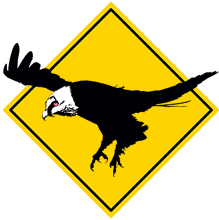 |
| PREPARATORY ACTIONS |
1. To identify problematic reproduction areas in Pyrenees 2. To improve adult productivity and survival rates in Pyrenees 3. To set up an adaptive release platform for chicks in PNPE 4. To draw up the Regional Plans for the Recuperation. 5. To identify and obtain the necessary permits and authorisations, for the actions |
| CONCRETE CONSERVATION ACTIONS | 6. To recover specimens from below-average production rate nests 7. To apply the assisted breeding protocol. 8. Behavioural learning by natural imprinting in the PNOMP 9. To release birds into the PNPE using hacking 10. To monitor and follow released specimens 11. To adapt areas for the elimination of livestock carcasses 12. To create an anti-poison patrol 13. To educate sectors with activities directly related to conservation |
| MONITORING OF THE IMPACT OF THE PROJECT ACTIONS | 14. Monitoring plan for project conservation actions 15. Project impact on the local economy and on the restoration of ecosystemic services |
| PUBLIC AWARENESS AND DISSEMINATION OF RESULTS ACTIONS | 16. Web page, posters, promotional material and Layman´s Report 17. The Biodiversity Route on the first centenary of National Parks 18. Periodic dissemination of the project and its result 19. Creation and promotion of a new ecotourism product related to biodiversity conservation 20. Conditioning of two specialised centres for the promotion of ecotourism 21. Education and training centred on ecotourism in Protected Natural Areas 22. Creation and promotion of the Beared Vulture Schools Network |
| OVERALL PROJECT OPERATION AND MONITORING OF THE PROJECT PROGRESS | 23. Administrative, technical and financial project management 24. Coordination and progress assessment meetings with sectors involved in the project 25. Project progress monitoring plan 26. Networking with other projects 27. Auditing 28. After-LIFE Communication Plan |
The project involves two sub-areas:
SUB-AREA PICOS DE EUROPA In the regions of Cantabria, Asturias and Castilla y León |
SUB-ÁREA PIRINEOS Aragón. |
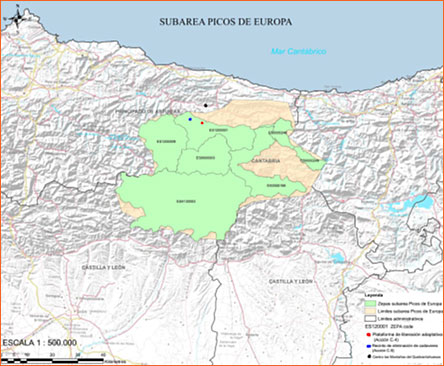 |
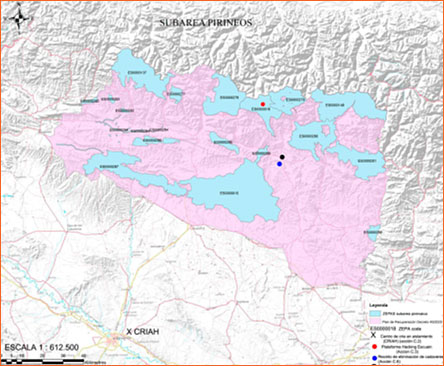 |
COOORDINATING BENEFICIARY:
 |
Fundación para la Conservación del Quebrantahuesos |
CO-FINANCIERS:
| Total project budget | 1.582.854 € |
| % EU finantial contribution | 67,09 % |
| Co-finance UE | 1.061.936 € |
| Co-finance FCQ | 202.318 € |
| Co-finance Consorcio Interautonómico”Parque Nacional Picos de Europa” | 106.200 € |
| Co-finance Gobierno de Aragón | 106.200 € |
| Co-finance Ministerio de Agricultura, Alimentación y Medio Ambiente | 106.200 € |
|
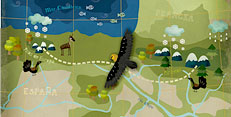
Red de Escuelas por |

EcoTurismo |
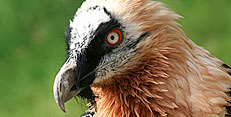
Conoce a nuestros |
|
MAS INFORMACIÓN
|
MAS INFORMACIÓN
|
MAS INFORMACIÓN
|
MAS INFORMACIÓN
|